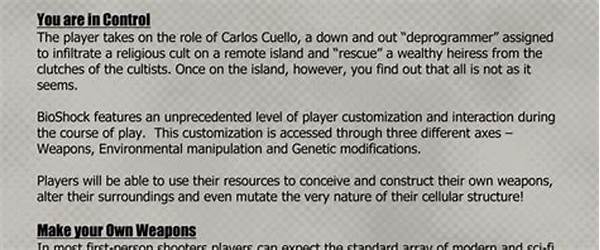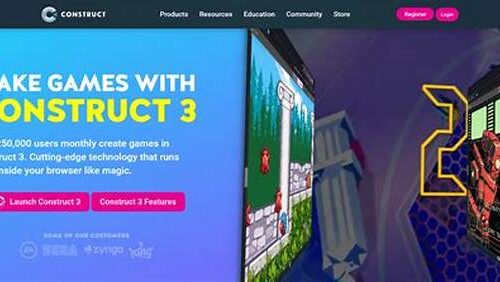Hey there, fellow gamers and aspiring game designers! Today, we’re diving into the fascinating world of real-time collaboration in game design. Imagine you’re working on an epic video game – you’ve got artists, developers, storytellers, and sound designers all scattered around the globe. How do they come together to create a seamless and immersive experience? That’s where real-time collaboration comes into play, making the magic happen behind the scenes.
Read Now : Dynamic Narratives In Simulations
The Digital Playground
In the digital playground of game design, real-time collaboration has truly revolutionized the way teams work together. Imagine the chaos of trying to piece together intricate game elements when your team operates across different time zones. Thanks to real-time tools, like cloud-based software and collaborative platforms, everyone can literally be on the same page, regardless of where they are. The beauty of this collaboration lies in its ability to foster creativity and productivity simultaneously.
Gone are the days when game design required everyone to be in the same room, hunched over drawing boards. Now, artists can sketch new character models while developers code the mechanics, and writers weave intricate stories – all synchronously. This real-time collaboration in game design doesn’t just boost efficiency; it also opens up a world of creativity, allowing ideas to be shared, iterated, and perfected at the click of a button. It’s kind of amazing, isn’t it?
Tools of the Trade
1. Shared Cloud Platforms: Utilized for file sharing and storage, these platforms are the backbone of real-time collaboration in game design. They allow easy access and sharing of game assets like graphics and sound files.
2. Communication Tools: Think Slack or Discord. These platforms offer instant messaging and video calls, ensuring that team members are just a ping away for a quick brainstorming session.
3. Version Control Systems: Tools like GitHub allow team members to track changes in code, enabling seamless real-time collaboration in game design.
4. Collaborative Design Software: Tools such as Figma or Unity let artists and developers work on designs and prototypes simultaneously, making it possible to see changes in real time.
5. Virtual Reality Platforms: Some advanced teams even use VR for meetings and collaborations, adding an immersive layer to the already dynamic world of game design.
The Benefits
When it comes to real-time collaboration in game design, the perks are endless. First and foremost, it speeds up the entire production process. Teams can make real-time changes, get instant feedback, and implement ideas on the fly. This rapid prototyping is critical in the fast-paced world of gaming, where deadlines loom large and the competition is fierce. But that’s not all!
Furthermore, real-time collaboration fosters a sense of unity and camaraderie among team members. Even if you’re miles apart, working together on a living, evolving project creates bonds that can rival those found in traditional office settings. And let’s not forget about the creativity! With real-time feedback, ideas aren’t just sketches on paper; they’re live experiments that can be tested and perfected. It’s like game design on energy drinks, pumping everyone full of enthusiasm and creativity.
Read Now : “story Elements In Sandbox Games”
The Challenges
Sure, real-time collaboration in game design sounds like a dream, but it’s not without its challenges. For starters, there’s the ever-present issue of internet connectivity. When your entire workflow depends on the cloud, interruptions can lead to delays and frustrations. There’s also the challenge of time zone differences and scheduling across various regions. While tech can bridge the gap, syncing everyone’s clocks is a different ballgame altogether.
Another point to consider is the learning curve associated with new tools. Not all team members may be tech aficionados, so there’s often a period of adjustment. Plus, with so many tools at hand, keeping track of updates and ensuring everyone experiences the same in-game world can be cumbersome. But hey, that’s just part of the adventure in pioneering a new frontier of collaborative work!
Embracing Change
To thrive in the world of real-time collaboration in game design, teams need to wholeheartedly embrace change. This means being adaptable, ready to learn and re-learn tools as technology evolves. It’s not just about using what’s already out there; sometimes, creating new strategies or platforms is necessary. Innovation is the name of the game!
Moreover, it’s essential for teams to cultivate a culture of open communication. Encourage feedback, celebrate wins—no matter how small—and foster an environment where everyone feels their input is valued. The best games are those that integrate diverse ideas and perspectives, a feat made possible through effective collaboration. Simply put, game design is a team sport, where every player makes a winning move.
Wrapping It Up
In a nutshell, real-time collaboration in game design is like the secret sauce that brings our favorite games to life. From enhanced creativity and teamwork to lightning-fast problem-solving, the benefits of this approach are immense. Sure, there might be bumps along the way, like tech hiccups or the difficulty of managing global teams, but the payoff is truly worth it.
So, whether you’re a game designer, developer, or just someone who’s curious about how your favorite games get made, real-time collaboration offers a peek into a dynamic and exciting world. Embrace the tools, tackle the challenges, and above all, enjoy the creative journey—because that’s where the real magic lies!





